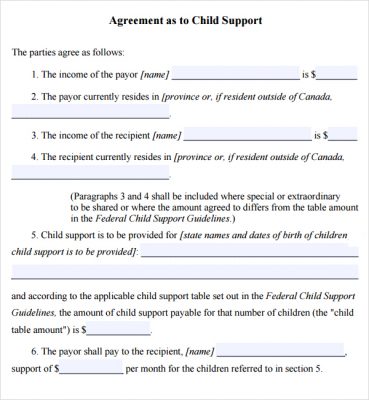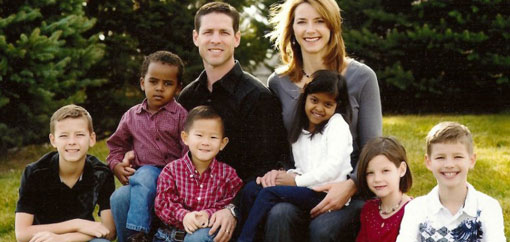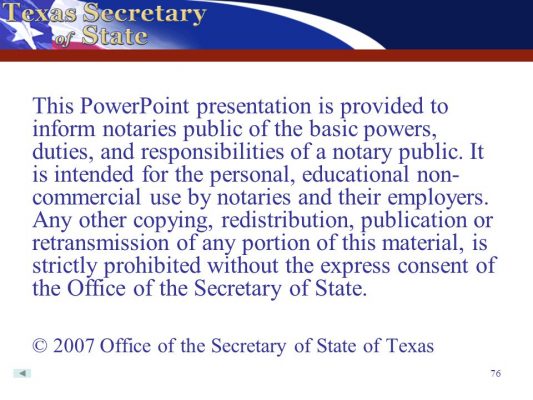As mentioned in the agreements and the approval of the court, the vast majority of divorce cases can reach some kind of agreement; either through informal negotiations between the spouses, or through processes more structured as the mediation act and the family partnership.
In very few cases of divorce it is not possible to reach an agreement, and this is usually due to the requests of the spouses are very distant one from the other, or because they can’t agree on issues like custody of children and division of property. In these situations, the divorce takes place in court “family” where they sent the request. It is found in the branch of the county or district of state court. Often, a single judge presides over the trial of divorce, even if one or both spouses may have the right to request that your case be heard by a jury.
The process of the Court: evidence and arguments
In the family court, the attorneys for each party present evidence and arguments related to the divorce and issues such as child custody, visitation, child support and spousal support, and property division. The evidence in a judgment of divorce is presented in the following manner:
- Testimony of the spouses;
- Testimony of a witness. You can include the children (if they are old enough) or expert witnesses (financial analysts, experts in the appraisal of the property, etc);
- Documents. This includes those related to the joint property and finances.
While one of the parties presents their own evidence and arguments, the other party has the opportunity to cross-examine witnesses, and to question the evidence through what is known as “examination cross”. In this way it challenges the veracity of the statements of the witnesses, the documents that cause conflict, and other attempts to discredit or discount the witnesses and evidence.
The process of the Court: the ruling decisive
After listening to and considering all of the evidence, the judge (or jury) will give a mandate on which will resolve the divorce and the related matters. Once the judge makes the decision, will grant the divorce and give the final decision, ending with this divorce and all related matters. The ruling dictates a certain number of aspects concerning the rights and obligations of the divorced. For example:
- Custody of the children, living arrangements, and visitation schedule;
- Division of joint property, debts, and resolve other financial matters;
- Child support and spousal support (board): who pays, who receives, how much, when, etc









